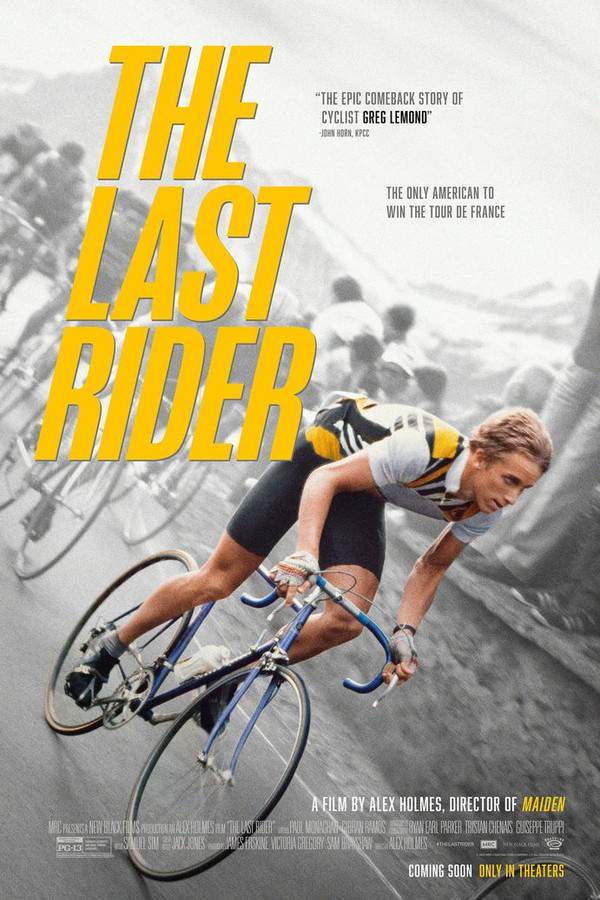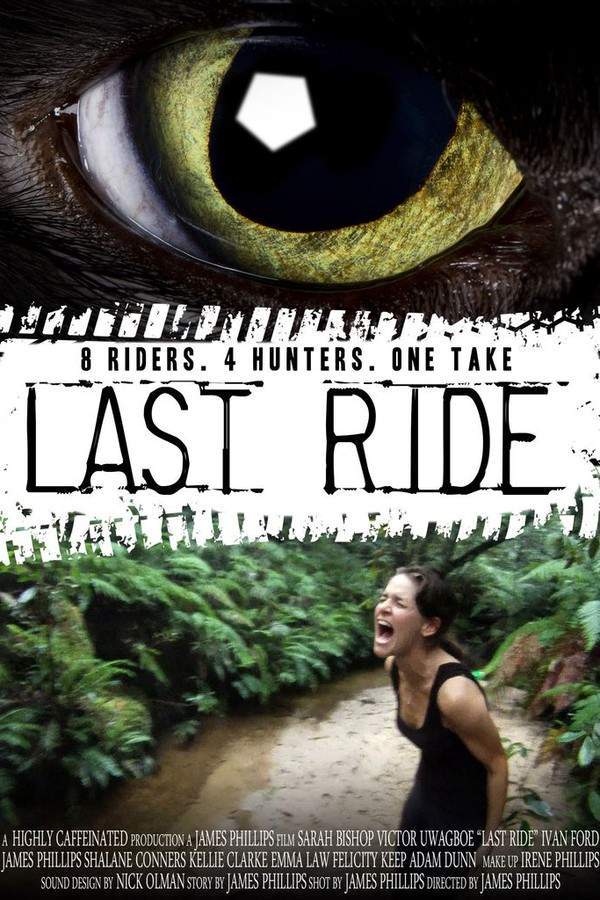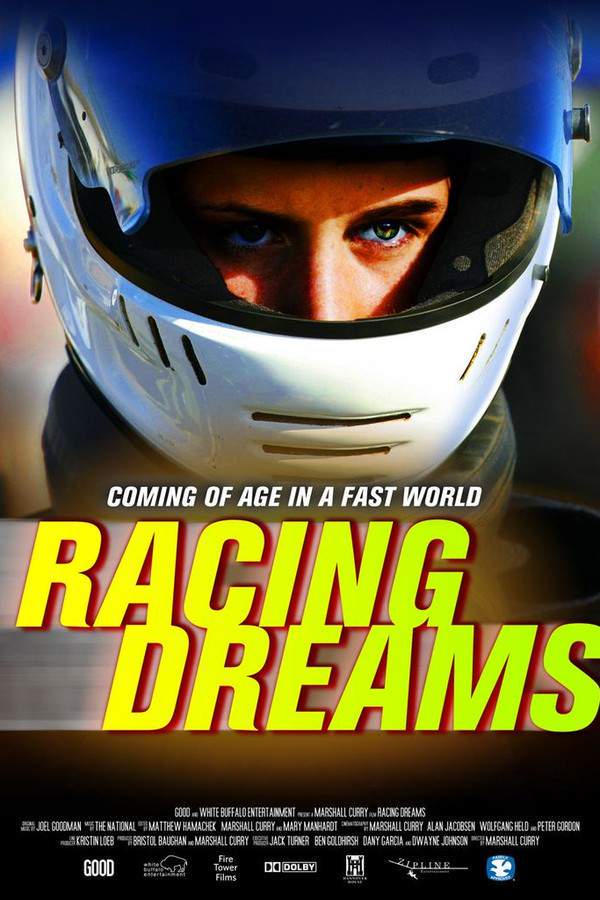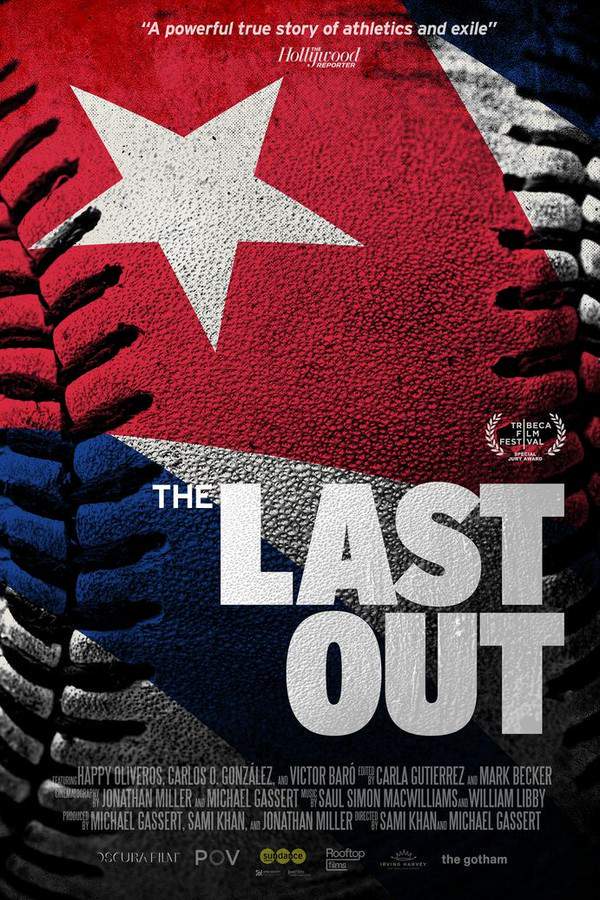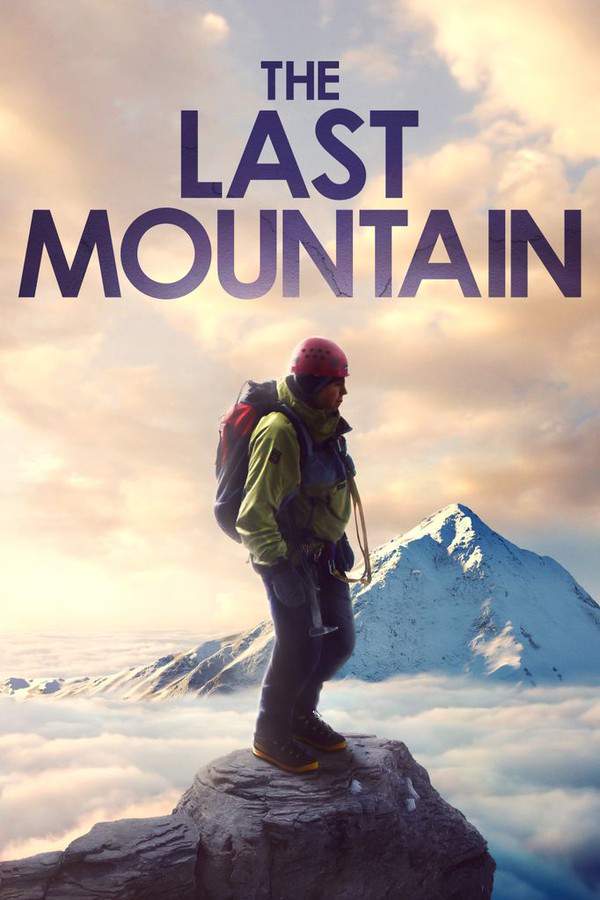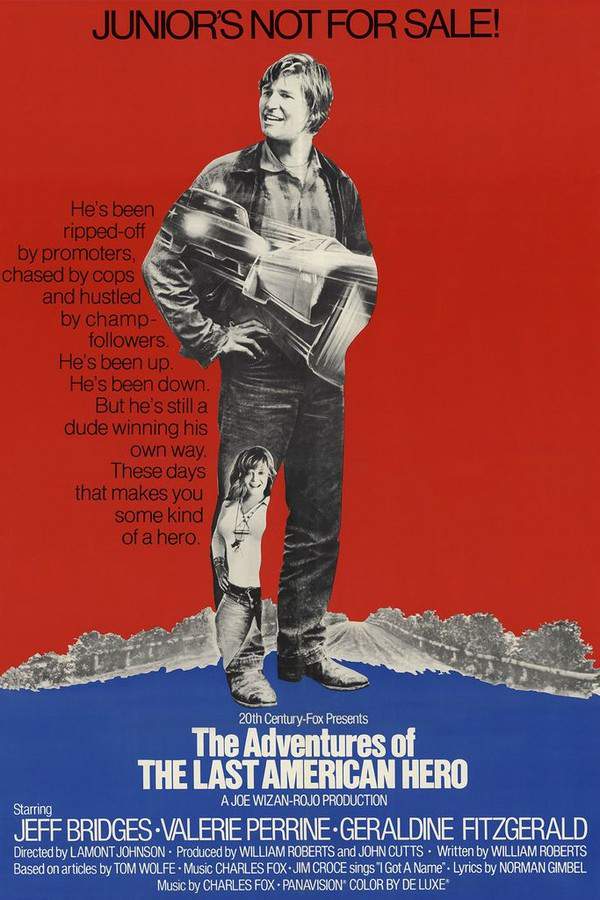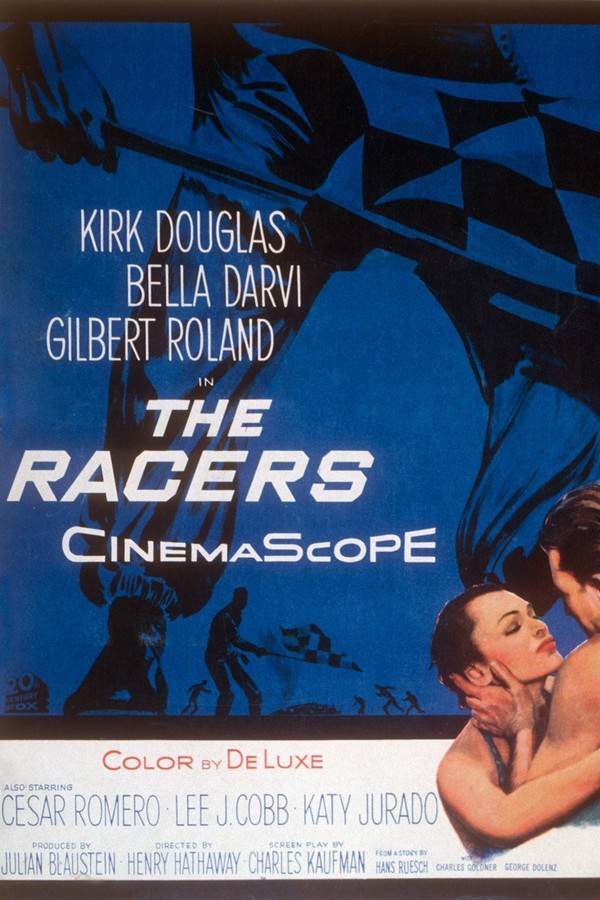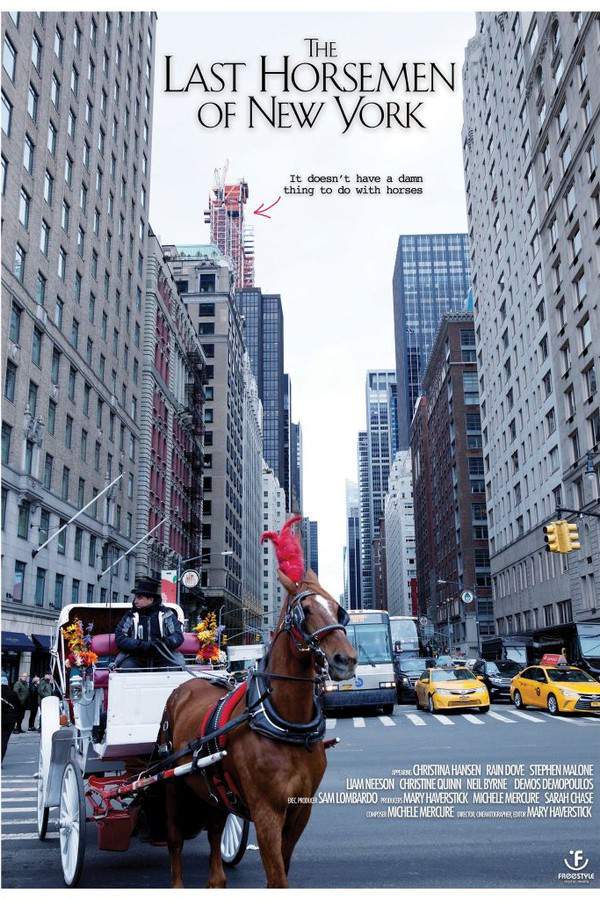The Last Race 2018
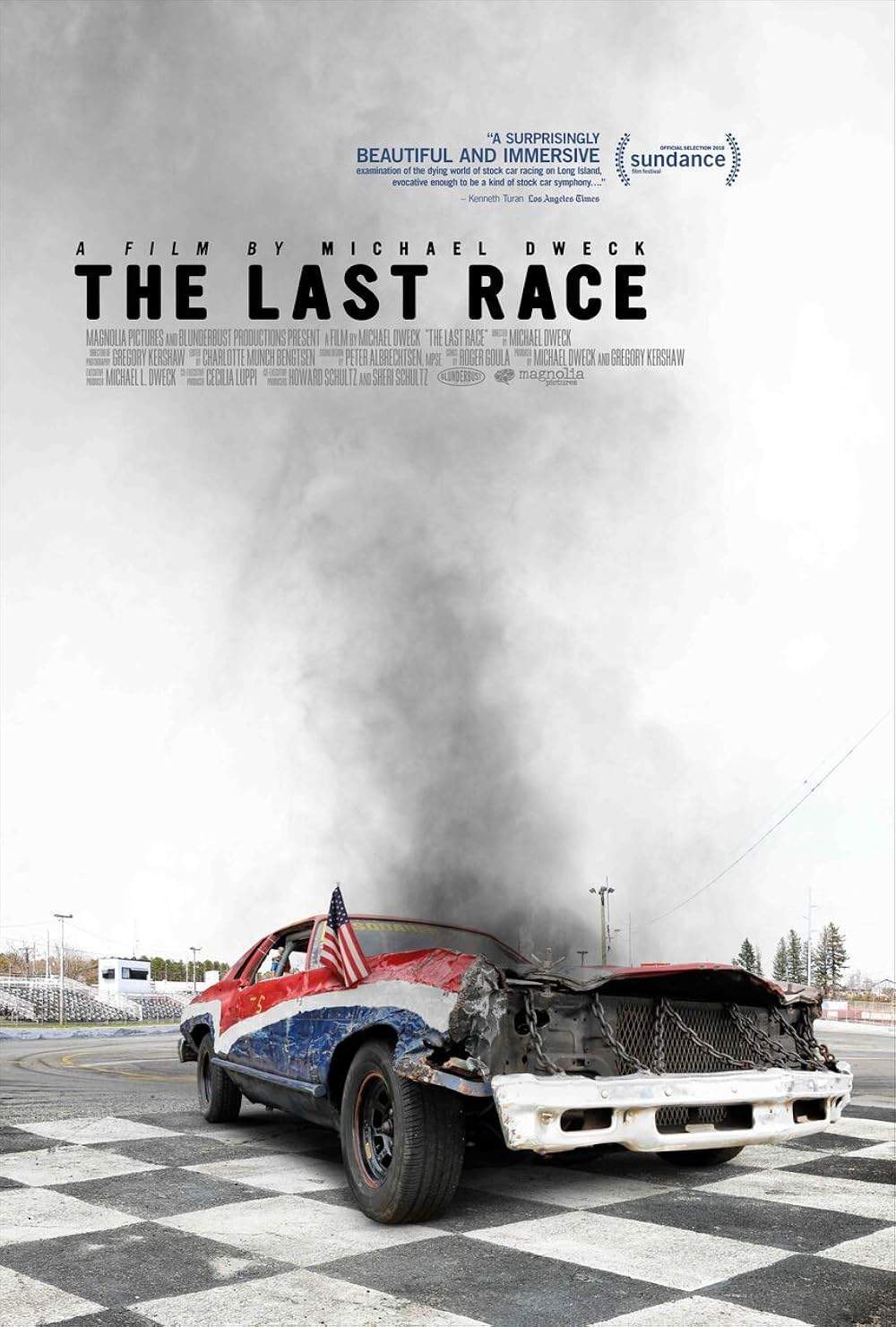
This documentary explores the history of stock car racing, focusing on the Long Island track that represents the sport’s unlikely birthplace. As the only remaining track of its kind, it faces an uncertain future, threatened by developers eager to capitalize on its valuable location. The film highlights the dedication of the track’s owners and the local community who fight to preserve its legacy and the passion for racing it embodies.
Does The Last Race have end credit scenes?
No!
The Last Race does not have end credit scenes. You can leave when the credits roll.
Meet the Full Cast and Actors of The Last Race
Explore the complete cast of The Last Race, including both lead and supporting actors. Learn who plays each character, discover their past roles and achievements, and find out what makes this ensemble cast stand out in the world of film and television.

Barbara Cromarty
Self - Race Track Co-Owner

Bob Finan
Self - Announcer

Ed Mistretta
Self - Driver

Jack Handley Jr.
Self - Driver

Jim Cromarty
Self - Race Track Co-Owner

Marty Berger
Self - Real Estate Developer

Marty Himes

Mike Cappiello
Track Official

Pastor Scott Kraniak

Tim Mulqueen
Self - Driver
External Links and Streaming Options
Discover where to watch The Last Race online, including streaming platforms, rental options, and official sources. Compare reviews, ratings, and in-depth movie information across sites like IMDb, TMDb, Wikipedia or Rotten Tomatoes.
Ratings and Reviews for The Last Race
See how The Last Race is rated across major platforms like IMDb, Metacritic, and TMDb. Compare audience scores and critic reviews to understand where The Last Race stands among top-rated movies in its genre.

The Movie Echo Score
In general, The Last Race offers a moderately engaging documentary experience with notable strengths in visual and auditory presentation offset by uneven pacing and narrative structure. Critics highlighted its contemplative tone and evocative portrayal of a fading subculture, while many viewers found the pacing disjointed and at times overly languid. The film’s originality and artful style leave a distinct impression, though its uneven flow and limited rewatch appeal temper its impact.
The Movie Echo Score Breakdown for The Last Race

Art & Craft
In terms of art and craft, the film demonstrates a strong command of visual composition and production design, highlighted by immersive long takes and careful framing. Several reviews noted the striking use of natural light and the contemplative pacing of individual shots. However, some viewers criticized the extended silent sequences and the uneven editing, which at times disrupted the flow. Overall, the artful imagery maintains a distinctive visual identity.

Character & Emotion
When it comes to character and emotion, the film presents a heartfelt portrait of dedicated individuals and community bonds. The intimate interviews and moments of personal reflection convey genuine emotional resonance. Conversely, several viewers noted that limited background context and sparse narration left some figures feeling underdeveloped. Ultimately, the documentary’s emotional depth is sincere but uneven, as character clarity occasionally gives way to ambiguity.

Story & Flow
In terms of story and flow, The Last Race adopts a reflective structure that emphasizes mood over linear progression. Critics noted the poetic rhythm, yet many viewers described the pacing as disjointed and the sequence transitions as abrupt. The lack of clear narrative milestones and minimal explanatory framing also contributed to occasional viewer frustration. In sum, the storytelling approach is original but sacrifices coherence for atmospheric effect.

Sensory Experience
When evaluating sensory experience, the documentary excels in its use of soundtrack and ambient sound design. Several critiques praised the integration of choral music and evocative race-day audio to enhance immersion. Visually, the film’s deliberate color palette and atmospheric soundscapes reinforce the contemplative mood, though a few viewers found the extended silent passages diminished engagement. Overall, the sensory elements are a compelling strength of the film.

Rewatch Factor
When considering rewatch factor, the film offers memorable imagery but limited repeat appeal due to its slow pacing and episodic structure. While the cinematic style and authentic atmosphere invite initial engagement, several viewers noted that minimal narrative progression and extended silent scenes reduce the desire for subsequent viewings. Ultimately, the documentary’s contemplative nature may resonate once but lacks the dynamic rhythms that encourage frequent revisitation.

77
Metascore
tbd
User Score

5.9 /10
IMDb Rating

52
%
User Score

3.5

5.00/5
From 1 fan rating
Take the Ultimate The Last Race Movie Quiz
Challenge your knowledge of The Last Race with this fun and interactive movie quiz. Test yourself on key plot points, iconic characters, hidden details, and memorable moments to see how well you really know the film.
The Last Race Quiz: Test your knowledge about the documentary 'The Last Race' and its portrayal of Riverhead Raceway.
What is the primary setting of 'The Last Race'?
Riverhead Raceway
Concrete Jungle
Long Island Mall
Abandoned Farm
Show hint
Full Plot Summary and Ending Explained for The Last Race
Read the complete plot summary of The Last Race, including all major events, twists, and the full ending explained in detail. Explore key characters, themes, hidden meanings, and everything you need to understand the story from beginning to end.
THE LAST RACE presents a vivid portrayal of a Long Island stock car racetrack as its octogenarian owners strive to uphold an American racing legacy amidst a real estate development surge. This film artfully weaves imagery and sound to immerse viewers in the vibrant world of grassroots racing culture, while subtly addressing poignant questions surrounding blue-collar American identity, which resonate deeply in our current political landscape.
Originally, Long Island was the birthplace of American stock car racing, boasting over forty racetracks at its zenith. Today, however, only one remains: Riverhead Raceway. This quarter-mile track has defied the odds, remaining amidst the dramatic transformation of Long Island from tranquil farmland peppered with mom-and-pop farm stands into a labyrinth of shopping malls and corporate retail outlets. Established in 1949, it initially sat at the edge of a little country road, surrounded by vast fields. Yet, as the years passed, the humble road was expanded into a bustling highway, beckoning developers. First came an outlet mall, followed by familiar retail giants, eventually devouring the adjacent farmland. Today, Riverhead Raceway stands as the last piece of untouched land amidst commercial development along Old Country Road.
The land on which the track is situated is valued at over ten million dollars, but the revenue generated from weekend ticket sales barely sustains operations. The survival of Riverhead Raceway seems to flout capitalist principles, with Barbara and Jim Cromarty at the helm. The couple acquired the racetrack in 1977, persisting against multi-million dollar offers that tempt them toward a comfortable retirement. They are deeply aware that Riverhead is not just a racetrack; it represents the final stronghold of stock car racing on Long Island. Its potential closure would symbolize the end of an era.
In stark contrast to the surrounding box stores, Riverhead Raceway was not conceived in a boardroom, but instead emerged from a community passionate about speed. It began with old cars racing on a dirt oval, which eventually led to the addition of asphalt and grandstands. The Cromartys capitalized on this growing popularity by selling tickets, hot dogs, and T-shirts—not just to showcase races but to forge a sense of belonging among a tribe of blue-collar mechanics who revel in crafting racing machines from raw materials. Their lives revolve around the thrill of the race, and their identities are bound to this land where blue-collar triumph can overshadow white-collar profit.
The allure at Riverhead emerges in its most raw and visceral form. A visit feels akin to entering an untouched tribe, revealing the cultural artifacts shaped by generations. The cars—marvels of engineering—are born from parts scavenged like hidden treasures in junkyards, harkening to a time when automobiles were made with grit and craftsmanship, not mere technology. Each dent and scratch tells a story of endurance. The announcer weaves the tales of their fierce competitions, while the roaring engines compose their epic symphony, culminating in a weekly spectacle of color, noise, and raw emotion.
With Barbara and Jim aging and their health declining, the future of the track hangs in uncertainty, compounded by commercial developers circling with lucrative offers. Should the couple capitulate, the landscape would fall victim to unchecked capitalism, replaced by bland structures synonymous with mundane commercialism.
Both racers and fans recognize the ominous changes. Their cherished universe threatens to dissolve, consumed by the same globalized culture replacing sacred heritages worldwide. The eventual demise of the track signals the triumph of retail over heritage, with the Riverhead footprint blended into the countless cookie-cutter commercial strips that dominate the American scenery. Imagine weekends spent in monotonous shopping experiences, devoid of the intoxicating scent of burnt rubber and gasoline. The thrills of speed will yield to a dull hum, erasing the jubilant chaos that once defined it.
Yet, this impending calmness is a deadly trade-off.
THE LAST RACE tells the compelling story of the land and its people who cling fiercely to their passion during their final struggle, as the bulldozers loom ever closer.
Uncover the Details: Timeline, Characters, Themes, and Beyond!

Coming soon on iOS and Android
The Plot Explained Mobile App
From blockbusters to hidden gems — dive into movie stories anytime, anywhere. Save your favorites, discover plots faster, and never miss a twist again.
Sign up to be the first to know when we launch. Your email stays private — always.
Watch Trailers, Clips & Behind-the-Scenes for The Last Race
Watch official trailers, exclusive clips, cast interviews, and behind-the-scenes footage from The Last Race. Dive deeper into the making of the film, its standout moments, and key production insights.
The Last Race Themes and Keywords
Discover the central themes, ideas, and keywords that define the movie’s story, tone, and message. Analyze the film’s deeper meanings, genre influences, and recurring concepts.

Unlock the World of Movies with Our Comprehensive Wiki
Dive into our Movie Wiki for in-depth film encyclopedia entries, including cast biographies, production trivia, plot synopses, behind-the-scenes facts, and thematic analyses. Whether you’re researching iconic directors, exploring genre histories, or discovering hidden easter eggs, our expertly curated movie database has everything you need to fuel your cinematic passion.

Similar Movies To The Last Race You Should Know About
Browse a curated list of movies similar in genre, tone, characters, or story structure. Discover new titles like the one you're watching, perfect for fans of related plots, vibes, or cinematic styles.
Quick Links: Summary, Cast, Ratings, More

What's After the Movie?
Not sure whether to stay after the credits? Find out!
Explore Our Movie Platform
New Movie Releases (2025)
Famous Movie Actors
Top Film Production Studios
Movie Plot Summaries & Endings
Major Movie Awards & Winners
Best Concert Films & Music Documentaries
Movie Collections and Curated Lists
© 2025 What's After the Movie. All rights reserved.













